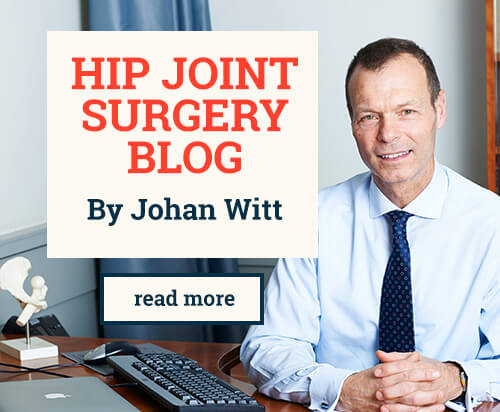1000 Periacetabular Osteotomies (PAOs)!
June 1, 2019
It definitely feels like something of a landmark now having performed over 1000 PAOs. It is interesting to reflect on the progress in surgical technique as well as the understanding of hip dysplasia. The operation itself, originally developed by Professor Reinhold Ganz in Bern Switzerland, represented a major step forwards in terms of a technique to re-orientate the acetabulum and address hip dysplasia and some other abnormalities of acetabular orientation. Every time I perform the operation I find it extraordinary that it was possible to work out how to free the acetabulum from the rest of the pelvic bone to allow it to have such a degree of independent movement to allow major corrections to be possible. The enormous challenge relates to the multitude of important nerves, blood vessels and muscles that surround the acetabulum and that obviously need to be protected throughout such a procedure.
The original surgical approach was quite a major open surgical intervention and in the early days the surgery took a long time and often the focus was on the potential blood loss involved. A number of strategies were developed to deal with blood transfusion requirements, including pre-donating blood before surgery.
Now we can do the same operation through a minimally invasive approach, using an incision that heals very cosmetically and with the surgery typically taking around 90 minutes. Blood loss is now much less of an issue. Routinely we use a cell salvage device which allows us to give back to the patient their own blood at the end of the surgery. The requirement for any form of extra transfusion is exceptionally rare. Recovery is easier because of the less extensive surgical approach and soft tissue damage.
The recovery time overall can remain quite lengthy and this relates to the fact that the bone has been broken and of course has to be allowed to heal. This is where we see quite some difference between surgery in teenagers compared with patients in their 30’s or 40’s . The bone in a younger patient heals so much more quickly and reliably that the recovery is much shorter particularly in terms of getting back to impact exercise. This is simply the way it is, but I suspect that in time we will be able to utilize techniques to make bone healing quicker and so aid recovery.
Having done so many PAOs has allowed us to analyse specifics regarding outcomes and how this relates to the pre-operative shape or condition of the hip. Patients with moderate or severe dysplasia seem to do predictably well with this operation. Some patients with more mild dysplasia who have a lot of pre-operative pain, may not do so well. Similarly some patients with retroversion seem to do exceptionally well but others don’t follow the same path. Why there are these differences in outcome is difficult to determine prior to surgery and remains the focus of ongoing studies.
It is clear that there is still lots to learn about the outcomes of PAOs for hip deformities and continuing to monitor patients to assess the functional recovery of the hip over the longterm remains a very important part of this.




Speak Your Mind